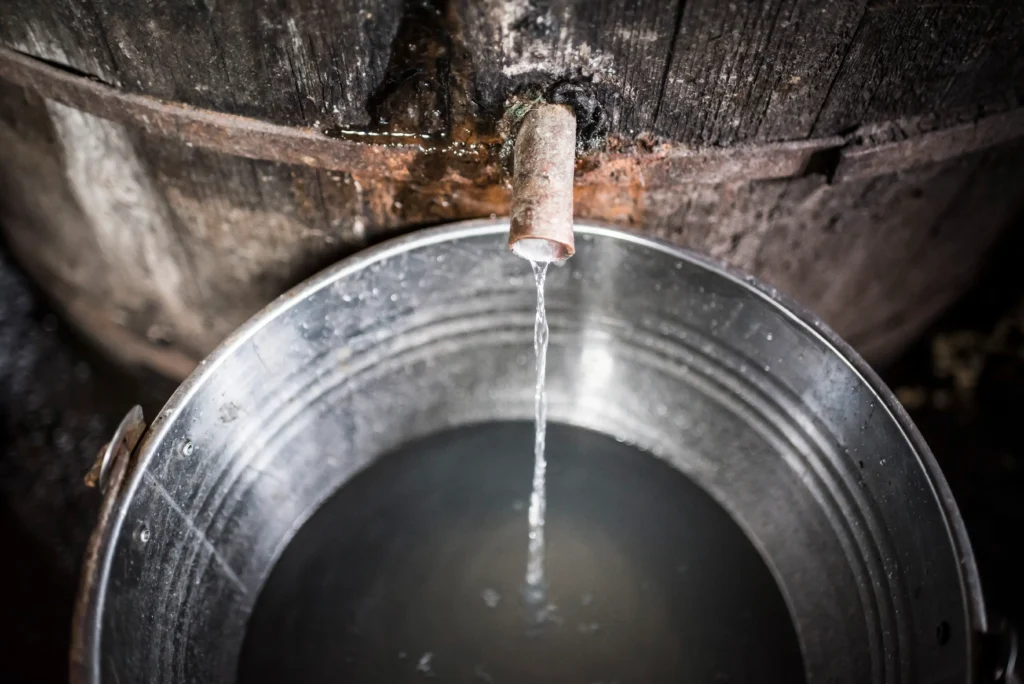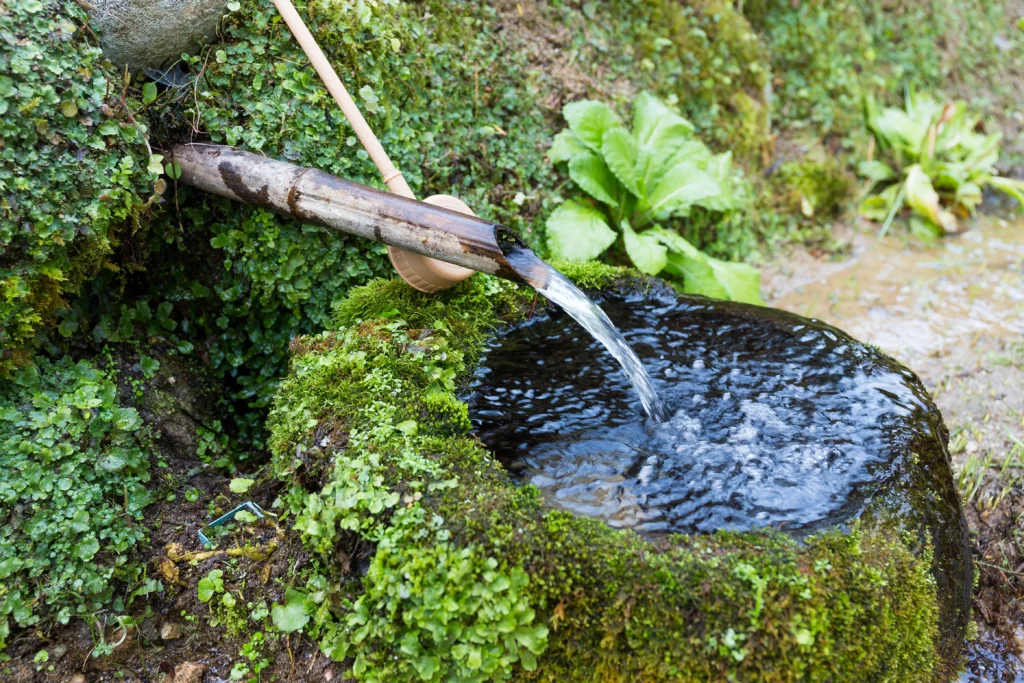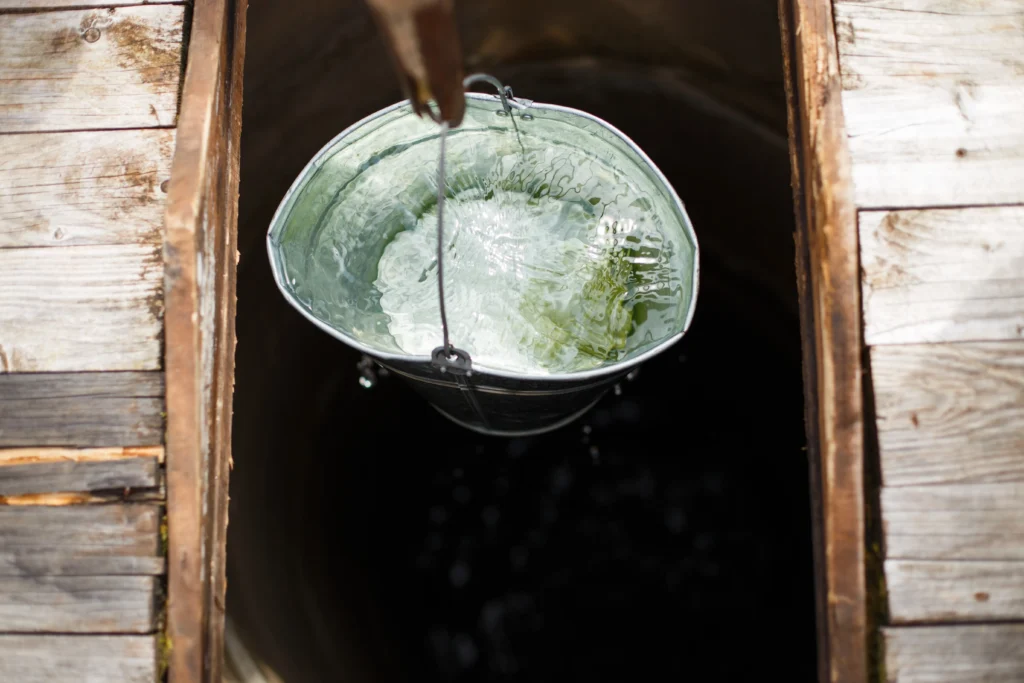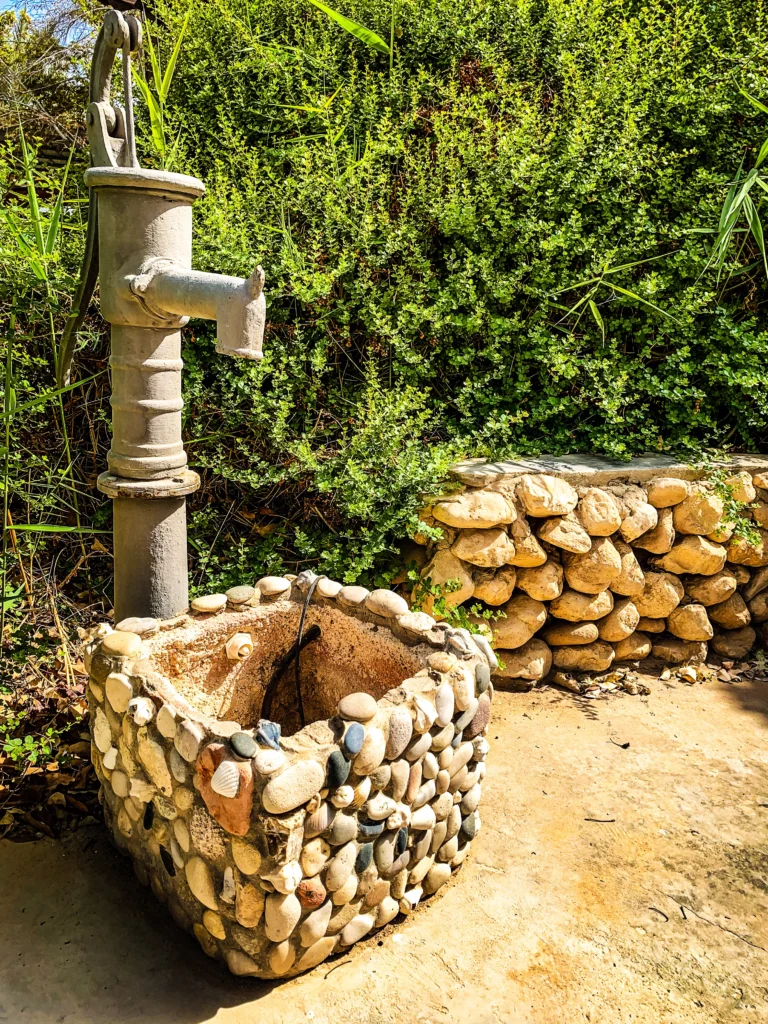Well water has been a primary source of drinking water for centuries, providing millions of households with a direct connection to underground water supplies. Unlike municipal water, which undergoes extensive treatment, well water is drawn directly from natural aquifers. Understanding how well water works is essential for ensuring its safety, efficiency, and long-term sustainability. Let’s go over how does well water work.

The Science Behind Well Water
Wells access groundwater stored in aquifers beneath the Earth’s surface. Aquifers are underground layers of permeable rock, gravel, or sand that hold water. Rainwater and surface water seep into the ground, replenishing these natural reservoirs. Depending on the depth and location of the well, water quality and availability can vary significantly.
There are three primary types of wells: dug wells, driven wells, and drilled wells. Dug wells are shallow and rely on manual excavation, while driven wells use pipes forced into the ground to access water. Drilled wells, the most common and reliable, penetrate deep into the earth, reaching stable and cleaner water sources.

How a Well Draws Water
A well functions through a pump system that extracts water from underground and delivers it to a home’s plumbing system. Two main types of pumps are used: jet pumps and submersible pumps. Jet pumps are positioned above ground and use suction to pull water upward, making them suitable for shallow wells. Submersible pumps, placed within the well, push water to the surface and are more effective for deep wells.
The well casing, a durable pipe lining the well shaft, prevents contaminants from seeping into the water supply. A well screen at the bottom of the well helps filter out sediment and debris, ensuring cleaner water reaches the pump.

Factors Affecting Well Water Quality
Well water quality depends on various environmental and geological factors. Natural filtration through soil and rock helps remove impurities, but external contaminants can still impact water safety. Agricultural runoff, septic system leakage, and industrial pollution can introduce bacteria, nitrates, and chemicals into groundwater.
Mineral content is another consideration. While some minerals like calcium and magnesium contribute to healthy drinking water, excessive levels can lead to hard water issues, affecting plumbing and appliances. Regular testing is necessary to monitor changes in water composition and ensure safe consumption.
Importance of Well Maintenance
Routine well maintenance is essential for preventing contamination and preserving water quality. Annual testing for bacteria, nitrates, and pH levels helps detect potential hazards early. Certified laboratories provide comprehensive water analysis, guiding appropriate treatment solutions when necessary.
Proper well construction and sealing are crucial for long-term safety. Cracks in the well casing or improper sealing can allow surface contaminants to enter the water supply. Periodic inspections help identify issues before they compromise water safety.
For more information on hydration and wellness, visit Healing Hydration & Wellness.

Water Treatment and Filtration
Many households use water treatment systems to enhance well water safety. Filtration systems remove sediments and certain chemicals, while UV purification effectively eliminates bacteria and viruses. Reverse osmosis systems are particularly effective in removing heavy metals, pesticides, and other contaminants.
In areas with hard water, water softeners help reduce mineral buildup, extending the lifespan of plumbing systems and improving water quality. The right combination of treatment methods ensures safe and clean well water for daily use.
Advantages and Challenges of Well Water
Well water offers several benefits, including independence from municipal water supplies, no monthly water bills, and natural mineral content. However, it also comes with responsibilities, such as regular testing, maintenance, and potential treatment costs.
Unlike city water, well water is not treated with chlorine or fluoride, which some people prefer. However, this also means homeowners must take proactive measures to ensure their water remains free from harmful contaminants. A well-maintained system can provide high-quality drinking water for decades.

Conclusion
Understanding how well water works is essential for maintaining a safe and reliable water source. By ensuring proper well construction, regular testing, and effective treatment solutions, homeowners can enjoy the benefits of clean, natural water. For those looking to optimize their health and hydration, Healing Hydration & Wellness provides expert guidance and hydration solutions tailored to individual needs.


